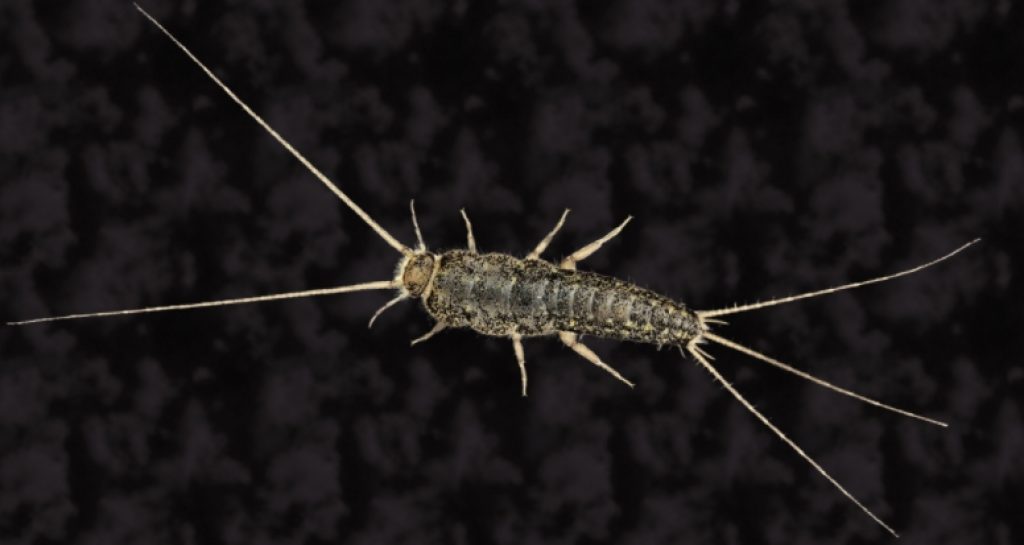Silverfish (Lepisma saccharina) are white to brown or silvery to greyish insects with a metallic shine with an elongated body that measures ½ to ¾ an inch, excluding their tail named so because their movement and shape are fish-like.
These insects don’t spread disease or bite humans. However, they may cause allergies, attract carpet beetles, or damage your books, envelopes, wallpapers, clothing, upholstery, and so on.

They love damp and dark places, including the kitchen, bathroom, attics, basement, especially where there are stored boxes, damp cloths, or paper, and sometimes you may find silverfish in your cat litter.
It is common to see your kitty chasing or hunting for insects and bugs, including silverfish. Are they harmful to cats, and what will happen if my cat eats a silverfish?
Fortunately, silverfish are not toxic or poisonous to cats and dogs. Therefore, if your cat ate a silverfish, nothing will happen to her, and you don’t have to worry as they are harmless.
However, since they do cause a lot of damage to various things, as already mentioned, most people wouldn’t want to have them. And we want to let you know that they are not easy to get rid of since they can go without food for a long time and reproduce fast.
Some ways of rid of these insects include the use of boric acid, diatomaceous soil, sticky traps, jar traps, use of insecticides, spreading bay leaves, and so on.
However, since you have cats, avoid using harmful insecticides since your cat may eat the silverfish after it dies, ingesting the pesticide. Additionally, boric acid (toxic to cats and dogs if consumed in large amounts), diatomaceous soil (inhalation may cause lung issues), bay leaf is toxic to cats, and so on.
Instead, opt for things like denying them some stuff they eat like cereals, pasta, beans, grains, etc., by placing them in airtight containers. Additionally, vacuum your upholstery, carpet, flooring, removing any fallen food crumbs, and clear any clutter.
Finally, seal any cracks and crevices spaces in your basement, dehumidify any damp place, among other ways.
